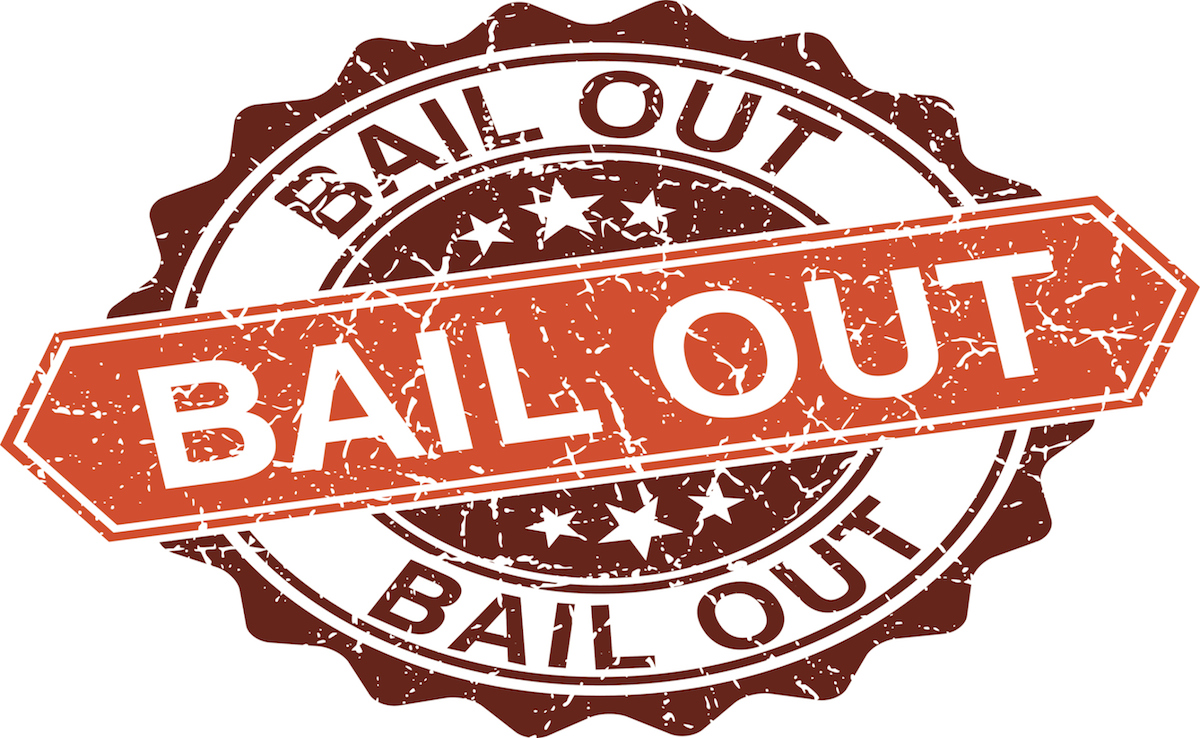“Due process” is a process, after all, and being arrested is no different. Law enforcement officers have to follow the same steps to charge and book an accused person before putting them in jail. Next, a number of factors come into play that determine whether or not that person will stay in jail for a longer amount of time.
1. The Arrest
When someone is arrested, the accused is taken to jail and “booked.” This means the person is processed. This includes inventorying property, medical screening, and getting a cell assignment. There are other steps, too, depending on the offense and the person’s record.
Throughout the booking process, court dates and appearances are set alongside a bail amount. For minor offenses, most jails stick to a bail schedule that matches the amount to the offense. It’s also important to note that the amount may be greatly increased if the booking officers match the accused’s name to outstanding warrants and prior arrests.
All in all, the arrest-to-booking process takes around six to eight hours depending on the time of day, amount of people in the jail and overall efficiency.
2. Leaving Jail
One of four things can happen once a defendant has finished the booking process:
- He or she is released with no charges.
- The defendant is released on own recognizance (ROR).
- A bail bond is used to release the person in jail.
- The person remains in jail until the set court date.
During the booking process, there are plenty of opportunities for someone to place a collect call out to a friend or family member. Why is this important? So the person on the outside can get ready to post bail.
If you are the one on the outside coordinating bail, it’s important for you to get in touch with the accused and find out what bail is set at, which prison it is, and the person’s full name. With this information, you can find a bond agent like Bail Hotline to begin the process.
3. Securing Bonds
The bail amount is determined by the accused’s flight risk, past offenses and other factors. Regardless, there are plenty of ways you can put up collateral that exceeds this amount to get someone out of jail.
The first step is to call a bail agent and discuss your collateral options. If the amount is low, it may be easiest to pay a surety bond (give the agent 10 percent of the amount as a premium). Or, if necessary, you can use property, cars, jewelry, and other valuables as collateral. There are a lot of collateral options out there, all of which the experts at Bail Hotline can help you understand.
Once the paperwork is processed, the bail agent will contact the jail and tell them that they have a bond for the particular defendant. This is “posting bail,” or when you should be outside ready to take your friend or family member home. The next step is to make sure the person appears in court, a topic for another day.
